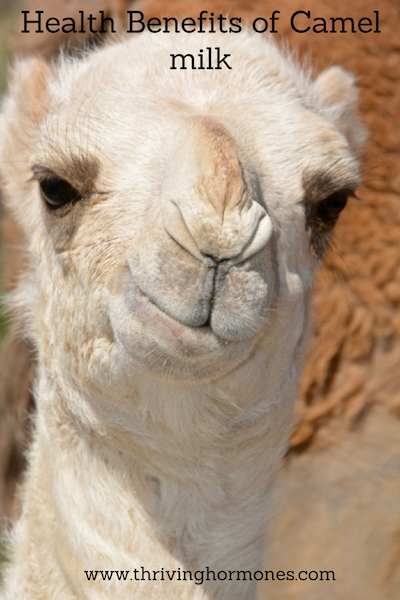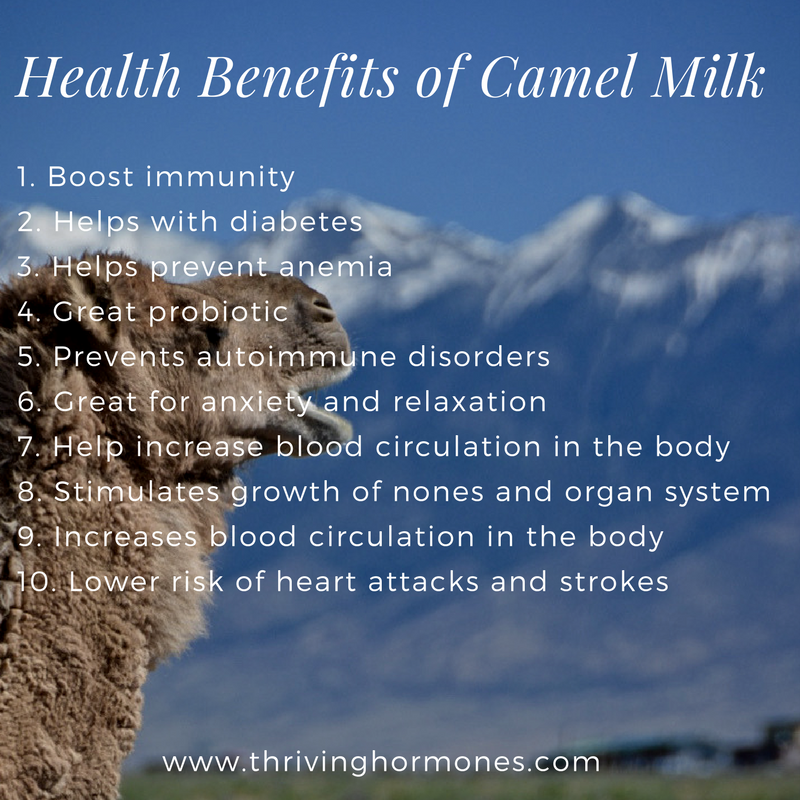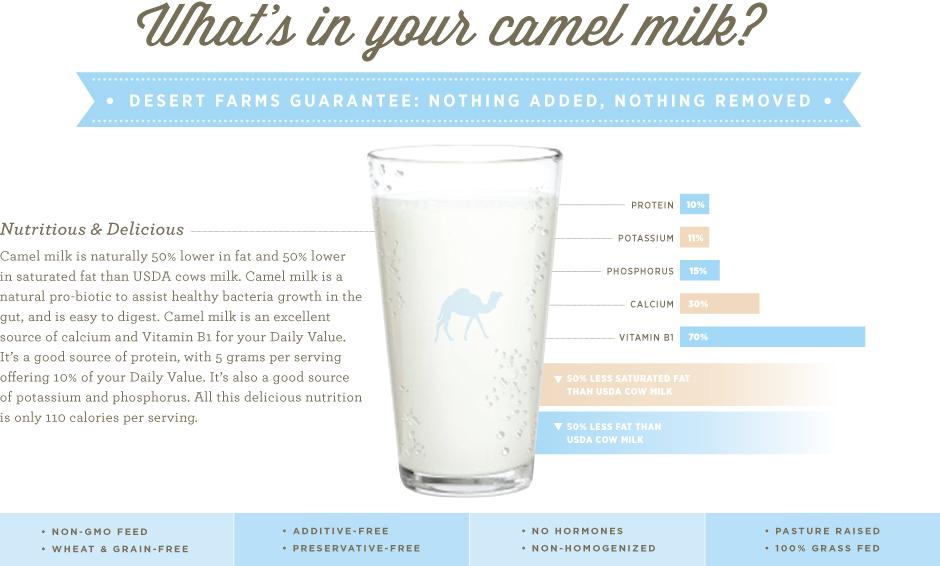Health Benefits of Camel Milk
A couple of years ago I went to visit Joyful Hot Spring and to Creston in Colorado. While we were shopping one of the ladies at the cash register told us about nearby camel farm called Mudita Farm, so I decided to go and see it.
When I got there to my pleasant surprise, there were two camel babies, just two months old. One was entirely white (that doesn’t happen often) and one cutie pie that was born with the cleft pallet. They did not know if he was going to survive, but he did. I had a wonderful time there, and the owners were fantastic. They loved their animals. I got some camel milk fudge, milk, and kefir. I loved them all, and the kefir was so good- watery like I used to make in my country when I was a kid.
I already knew about camel milk benefits, so I was excited to try, and I want to share it with you.
Camel milk has been used in the Middle East countries for centuries as a staple of their diet and as a supplement to breast milk.
Camel milk is eco-friendly because camels don’t need a massive amount of grazing areas like cows and goats and leave less methane gas footprint. Camel milk though can be expensive, and it can be hard to find.
Camel milk has abilities to help with autoimmune diseases as well as autism. Most people who are allergic to dairy (goat and sheep included) can drink camel milk without problems. The protein structure is entirely different than cow milk because it doesn’t contain A1 casein and lactoglobulin and that’s why is well tolerated by people with allergies.
What is also interesting, camel milk is lower in fat content than cow milk. The fats produced by camels also contain naturally occurring Omega-3 fatty acids, which are entirely homogenized naturally which mean that you can freeze the milk and it will not change its consistency when you thaw it.
Source: www.desertsfarm.com
Camel Milk Nutrition
It contains zinc, selenium, and vitamin E, magnesium, phosphorus, and calcium.
1 cup of camel milk also contains:
- 10% of protein
- 11% of potassium
- 15% of phosphorus
- 30% of calcium
- 70% of vitamin B1
Health benefits:
Boost immunity.
Camel milk contains a high amount of protein, and it has antifungal, antibacterial and antiviral properties. It is also a fantastic source of vitamin C and iron. Camel milk contains enzymes like lactoperoxidase and lysozyme, which can help fight infections. It also provides high levels of immunoglobulin, which are immune boosting substances. They come as a micro-sized and can help neutralized and target foreign antigens. The immunoglobulin is so small they can cross the blood-brain barrier getting the nutrients to hard-to-reach cells.
Great for diabetes.
Camel milk contains insulin, which can help with insulin and glucose balance in humans. It does not raise the blood sugar, and some studies have found that camel milk help reduces insulin needed by diabetes and can stabilize blood sugar.
It is rich in probiotics.
Probiotics promote the growth of healthy bacteria in the digestive system help, reduce anxiety and depression. It helps treat Crohn’s disease.
Resemble human mother milk in vitamin, phospholipids, protein and mineral content.
It is great for anxiety and relaxation.
Camel milk contains GABA – or gamma-Aminobutyric acid – is an amino acid and inhibitory neurotransmitter found in the brain. Gaba is promoting sleep, relaxation and eases anxiety
Helps stimulate growth
Camel milk is rich in proteins, which promotes growth as well as the development of organs and bones. In many cultures, it is provided to the children having malnutrition.
Good for blood and heart.
Camel milk contains monounsaturated fats (primarily oleic acid), which give the same benefits as olive oil. Camel milk is rich in iron, which is perfect for preventing anemia, and increases circulation of the blood. The fatty acid in camel milk is more beneficial for the heart, and they help maintain healthy cholesterol levels.
It is delicious! Camel milk tastes similar to cow milk with o slight salty flavor. It is refreshing, smooth and fulfilling.
Where do I get camel milk?
Camel milk may not be easy to find but with some research, you can find it online, or you can find a farm close by.
How to eat it?
You can drink it, add to your desserts, replace regular milk with camel milk, add to smoothies, make eggnog, and make yogurt or kefir.
In Health
Angie
If you are interested in gut health here is my Restore your gut program!
http://www.diabetesresearchclinicalpractice.com/article/S0168-8227%252805%252900010-0/abstract
https://www.ncbi.nlm.nih.gov/pubmed/9275262
http://www.vitalcamelmilk.com/pdf/agrawal-2003.pdf
http://www.sciencedirect.com/science/article/pii/0167011586900753




